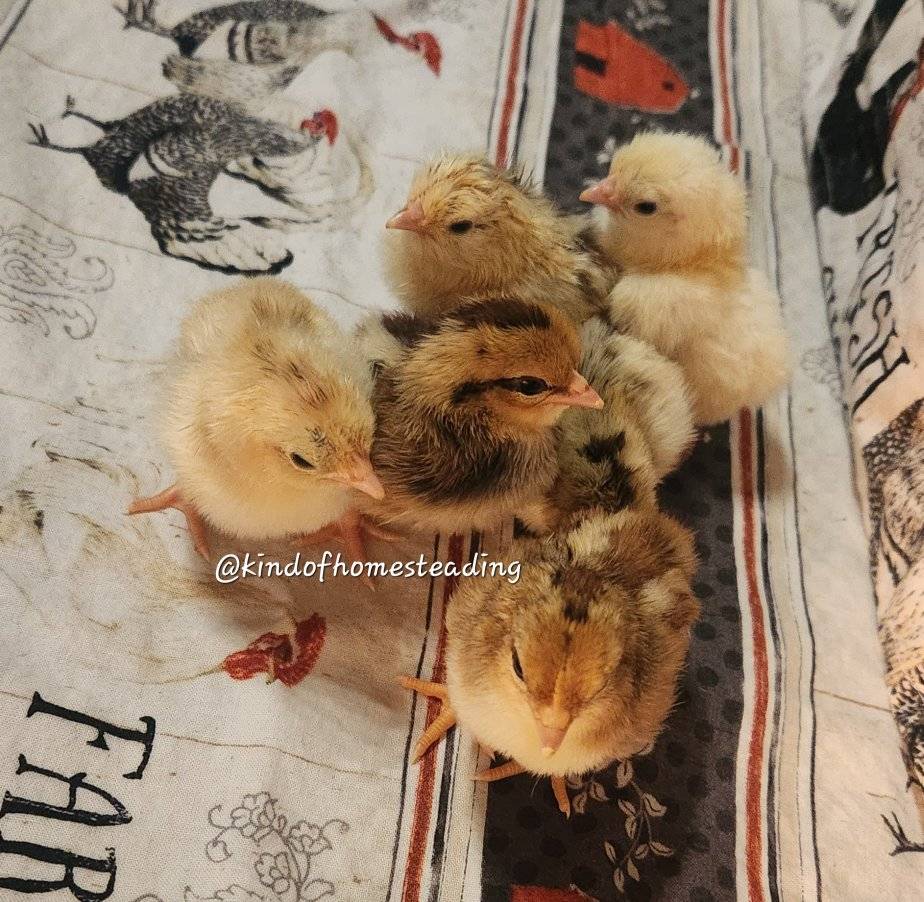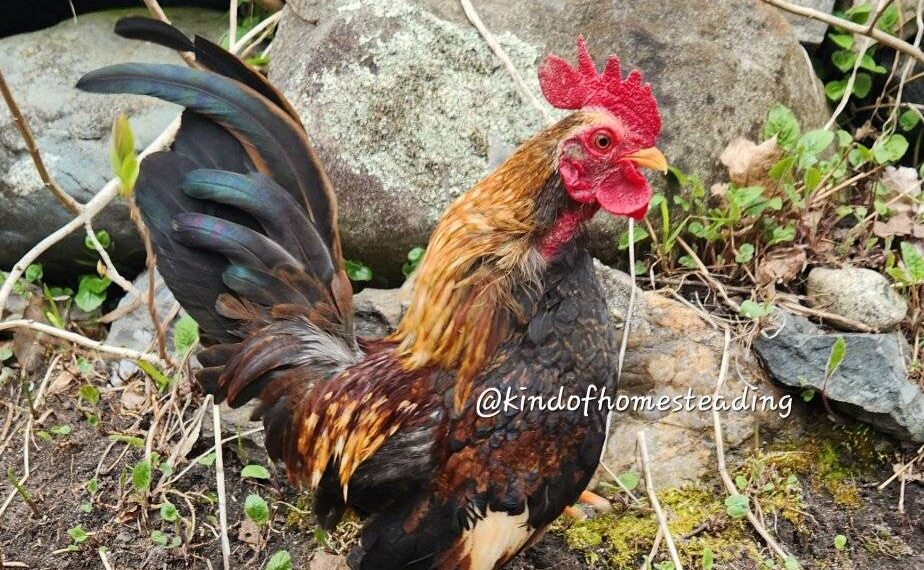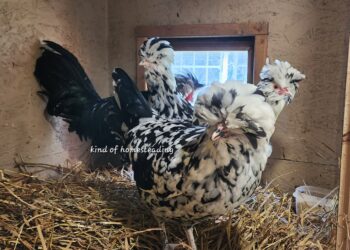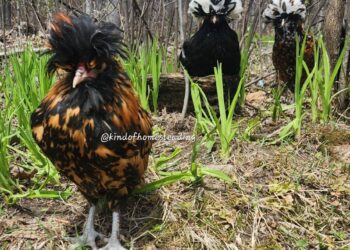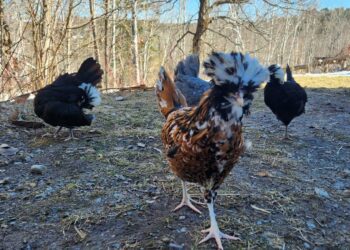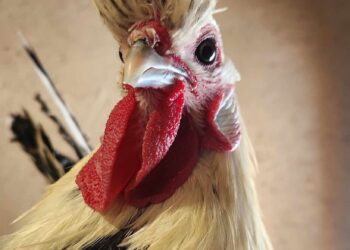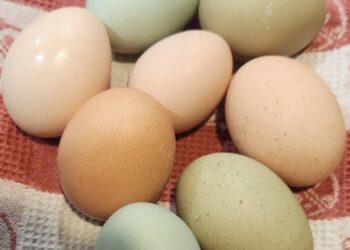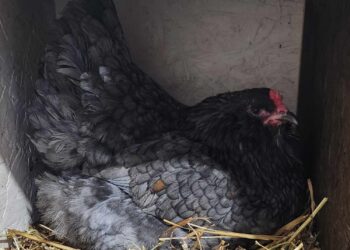About
Seramas are one of the worlds’ smallest recognized breeds. A full-grown rooster is about the size of a pigeon. Seramas have a very tame and gentle disposition, making them great pets since they are easily handled. They are a bantam breed of chicken originating in Malaysia within the last 50 years. The Serama are characterized by their upright posture, full breast, vertical tail feathers held upright and tight up to the body and vertical wings held down nearly touching the ground. Seramas have an assertive and confident stance, but are calm and manageable, and should be easily handled and show no aggression. Seramas are excellent layers and can lay between 180 and 200 eggs a year. One standard sized chicken egg is equivalent to around 4 or 5 Serama eggs. Serama hens will go broody, and it is a delight to watch them set eggs and raise their young, because Seramas are without a doubt the chattiest breed in existence.
Like some other Asiatic breeds, Seramas are not colour bred in their native country. Only normal feathered birds are accepted in Malaysia. Feathers held tight against the body and should not be long or flowing. Silkied feathered birds are accepted in America and much of Europe. The silkied gene was believed to be carried by some birds imported from Malaysia. Other mutations (e.g. frizzled, rumpless and booted) have been introduced in America and some parts of Europe by crossing to other breeds. They can have a range of varieties in colour and structure.
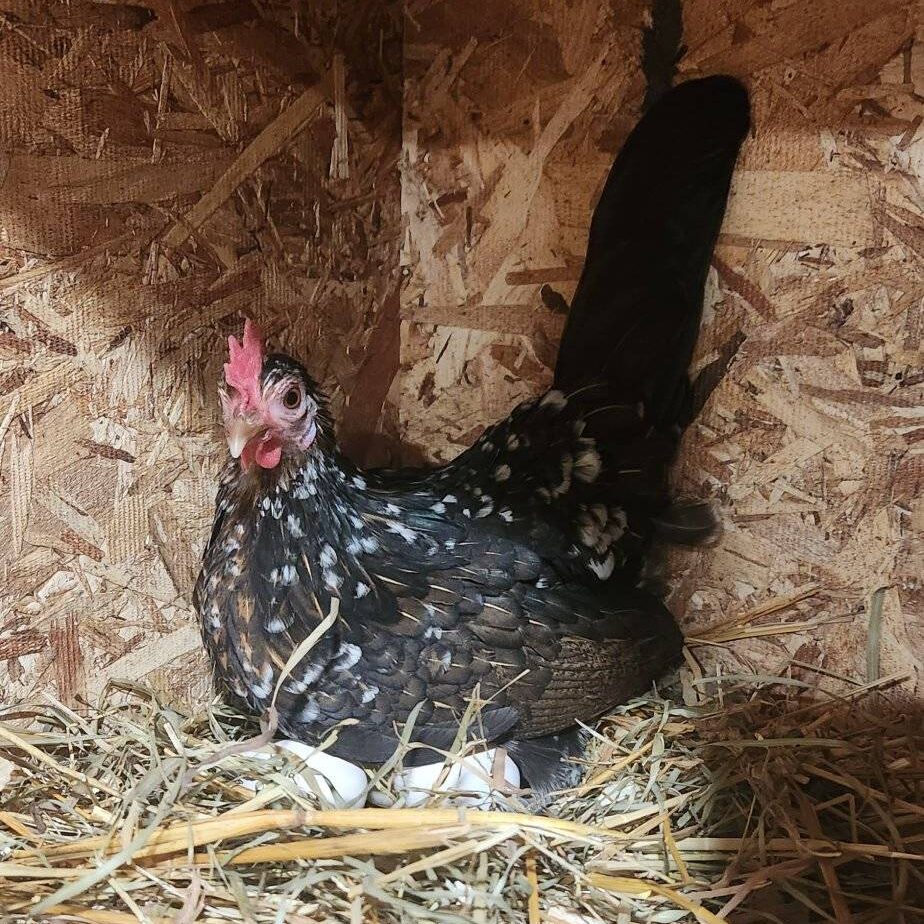
Due to their size, they are not cold hardy. Some kind of heat source will need to be provided if you do not have a very well insulated coop or shelter for them. They only weigh a 13 – 19 OUNCES when they are full grown, it’s important to keep them warm. Serama are perfect for small spaces and yards as they don’t require as much space per bird. Some people even keep them inside.
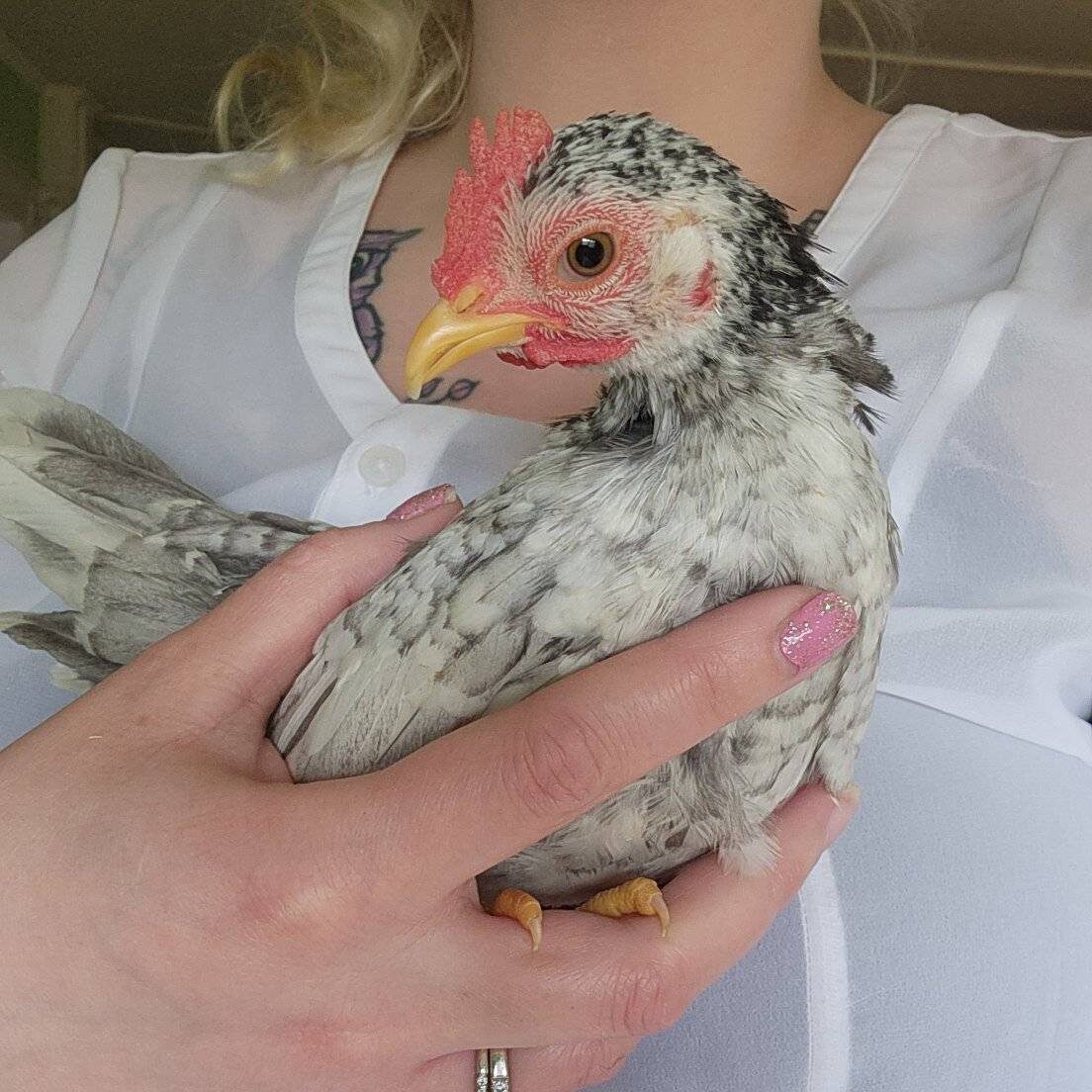
Seramas are much like other bantam breeds. After laying an egg it takes around 19 days for the chicks to develop and hatch. Chicks are more susceptible to cold temperatures compared to other breeds because of their relative small size. After hatching, it takes about 16–18 weeks for the chicks to mature and reach the point at which they themselves can begin laying eggs.
